Introduction
Over thirty years after the Chernobyl nuclear disaster, the area is now oddly something of a tourist attraction. While visiting Kiev, I decided to visit the Chernobyl exclusion zone and create this Chernobyl travel guide based on my experience.
The infamous catastrophic nuclear accident occurred on 25–26 April 1986, after reactor number 4 experienced a nuclear melt down. The incident is considered the most disastrous nuclear power plant accident in history.
So much radioactive material was released into the atmosphere that radiation alarms were set off at the Forsmark Nuclear Power Plant in Sweden, over 1,000km away. As a result, the meltdown contaminated the soil, water, and atmosphere with radioactive material equivalent to that of 20 times the atomic bombings of Hiroshima.
In the aftermath of the accident, whole towns and villages were abandoned and the 30km Chernobyl Exclusion Zone around the reactor was established to keep out unauthorized personnel.
Most tourists visit the site from the Ukrainian capital city of Kiev, 104km away. The only way to visit the exclusion zone is by booking a tour with an authorized tour provider.
As for radiation exposure concerns, a trip to the exclusion zone exposes tourists to less radiation than your average airplane flight. So, as long as you heed warnings from your tour guide and avoid certain areas you will be fine. Just don’t do anything stupid like eat the apples growing in the area.
Tour Booking
There are many tour providers available, all of which can be found on TripAdvisor.com. Tours vary in group size and duration. Some tours are day trips that hit all of the highlights, while others are multi-day trips that visit even more sites, to include the interior of the power plant.
Getting There
Starting from Kiev, it takes about two hours to get to the first checkpoint in the exclusion zone. Most tours start at the tour company office and tourists are then bused to the site. Visitors are required present passports when entering the Exclusion Zone and are screened for radiation when leaving both at the 10 km checkpoint and at the 30 km checkpoint.
30km Exclusion Zone
30km away from the reactor is the first checkpoint. Prior to entry, tourists are checked for passports and other inspections take place. Once past this checkpoint, its like entering a National Park, since farms and structures are not longer visible from the road.
Within the 30km exclusion area, there are several smaller abandoned villages that can be toured. The roads and buildings within the villages have been completely overgrown by vegetation.
There were many stray dogs in the Chernobyl exclusion zone. They were friendly, but we were advised not to pet them since they may have been contaminated with radiation. I felt bad since it seemed the dogs wanted to make friends with us.
10km Exclusion Zone
Once in the 10km zone, tours typically stop for an unexciting lunch. Within this area, a monument to the responders trying to contain the meltdown is visited. Another site where all the various machines and tools used to help contain the melt down is showcased. Sadly, many of these machines failed and much of the work had to be done using people instead.
Duga-1 Radar System
As we got closer to the reactor site, we visited a large bizarre structure called the Duga-1. The humongous structure was used during the cold war to detect incoming missiles over long distances. It was insanely long and tall!
It was here that we first started measuring higher levels of radiation. Once we all got out of the car and started walking around, all of our dosimeters started to beeping rapidly. Out tour guide had to re-calibrate all our dosimeters to be less sensitive, otherwise we would have been beeping for the next couple hours.
Reactor Site
As we approached the reactor site, the trees were noticeably smaller and the grass less green. The area near the reactor is nicknamed the Red Forest, after the ginger-brown color of the pine trees that died following the disaster.
About 200 meters away from the reactor we stopped the vehicle to get out and take some pictures. Our tour guide told us to ensure our arms and legs were covered and warned us to remain on the asphalt street. Naturally, a few other people with A.D.D. got out of the vehicle in a tee shirt and started walking on grass. If you tour Chernobyl, listen to your guide! Unless your think radiation exposure is cool, try and pay attention.
In the aftermath of the nuclear accident, a temporary sarcophagus was placed over reactor 4 to prevent the release of radioactive contaminants. This temporary structure has been in place for many decades, however a new long term €1.5 billion New Safe Confinement (NSC) now covers the reactor site. The new structure is designed to contain the area for the next 100 years.
Pripyat
Just outside the nuclear site is the city of Pripyat, formally the home of nearly 50,000 people that was purpose built to support the Chernobyl nuclear reactor. The entire city was evacuated two days after the accident and residents were never able to return.
Aside from the city of Pripyat having many areas of high radioactive contamination, the city is also sort of a Soviet time capsule from the 1980s. The soviet style buildings, propaganda signs, building art, and planned city layout have been mostly left untouched – albeit in a severe decayed state.
Compared to photos of Pripyat prior to the evacuation and now, the city has much more vegetation and trees now. Its amazing to see trees sprouting from cracks in concrete, between steps, and on top of roofs.
Back when the town was populated, commuters were able to get to Pripyat via boat ferries. The below picture is from the former river port. In the distance, is an abandoned house boat so contaminated that our guide said not one dares visit.
As we left the river boat, our tour guide pointed out several locations to put our dosimeters near while taking radiation measurements. When we did so, the meters beeped like crazy showing elevated levels of radiation.
The abandoned theater had beautiful tile work on the outside that looked like it took much time to piece together. The artist who tiled the theater also tiled many of the metro stations in Kiev and was sad that his tiled work in Pripyat would not longer be seen.
What was most surprising about Pripyat was the large size of the city. Within Pripyat was large housing complexes over 15 stories tall, hospitals, schools, hotels, office buildings, cultural facilities, warehouses, theaters, stadiums, gyms, factories, stores, and a railway station.
The total and complete abandonment of such a large functioning city in such an immediate fashion is mind boggling.
Since Pripyat housed many skilled technical workers from the power plant, the quality of life was a bit better. The below photo is one of the first “western style” super markets available in the Soviet Union when it was built.
One of the most iconic images of Pripyat is the ferris wheel and surrounding amusement park. Unfortunately, the nuclear disaster occurred a couple of weeks before the amusement park was schedule to open.
Our tour guide put his dosimeter next to one of the cars on the ferris wheel and the meter showed one of the highest readings of the day.
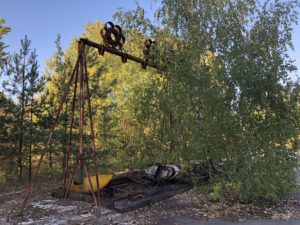
Boat Swing
Conclusion
In conclusion, touring Chernobyl is well worth the time spent taking a day trip from Kiev. The combination of touring the largest nuclear disaster site while also touring a city that is a snapshot in time from 1980s Soviet Union is truly a unique experience. Finally, seeing the large abandoned city of Pripyat is a profound experience that lets you see up close and personal the potential risks of nuclear materials. To abandon a city due to something completely invisible and odorless is a tough thing to wrap your head around.
Related Posts:
- Top 10 Countries to Visit in Europe
- Travel Guide: Southern Italy
- Travel Guide: Prague, Czech Republic
- Travel Guide: Jordan
- Travel Guide: Marrakech, Morocco
- Travel Guide: Moroccan Desert
- Travel Guide: Muscat, Oman
- Travel Guide: Havana, Cuba
- Travel Guide: Saigon, Vietnam

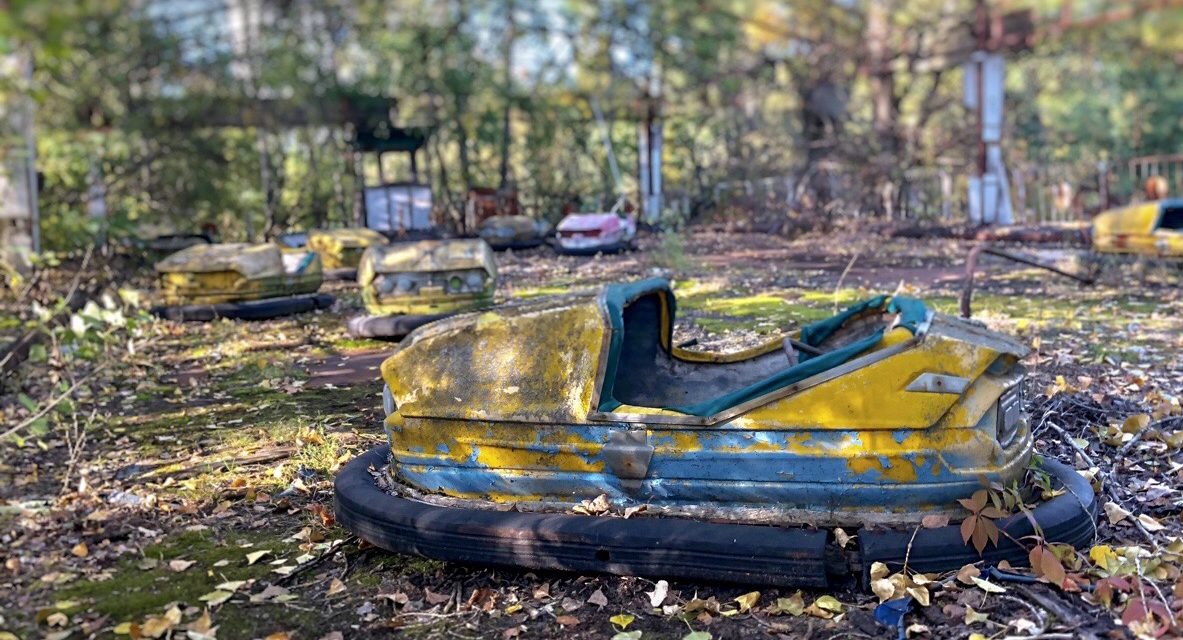
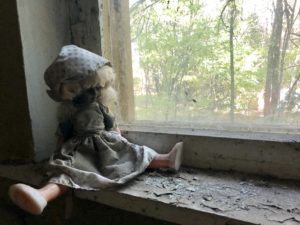
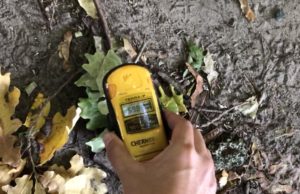
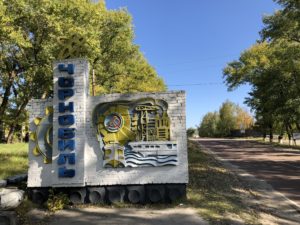
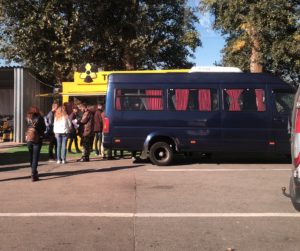
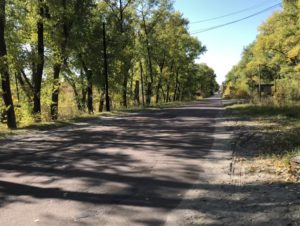
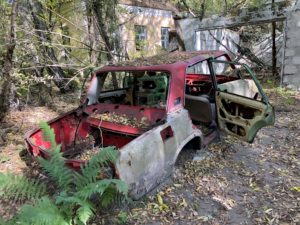
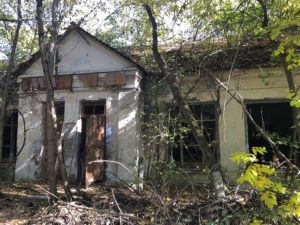
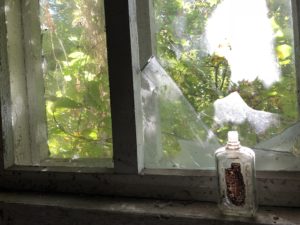
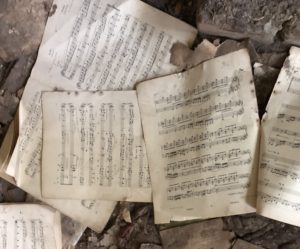
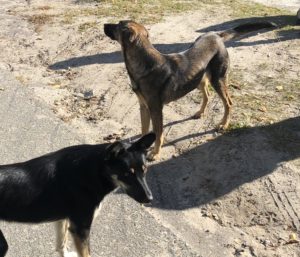
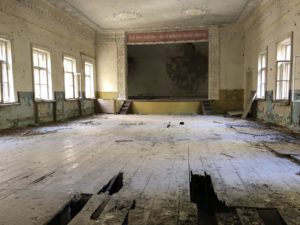
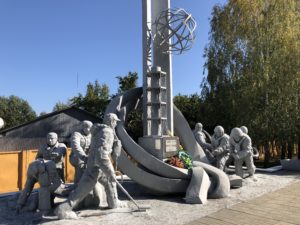

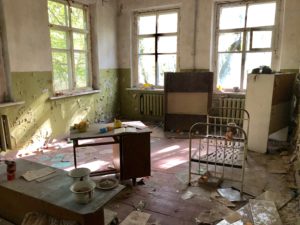
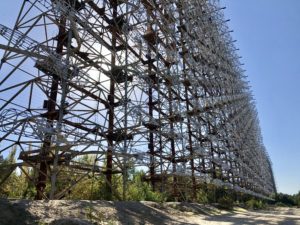
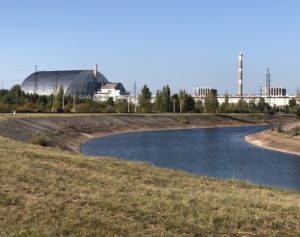
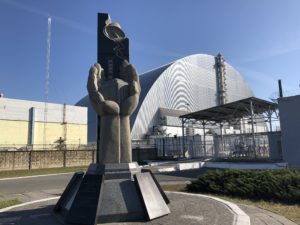
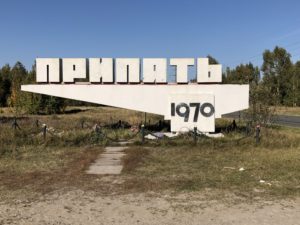
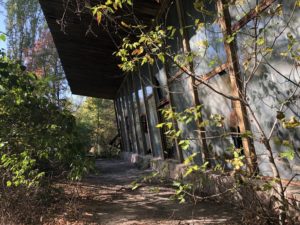
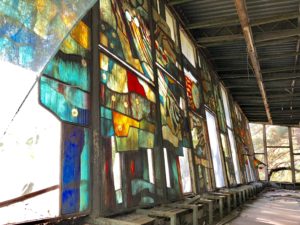
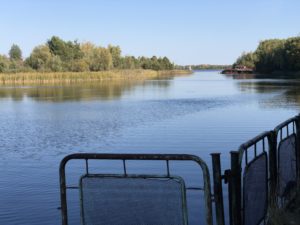
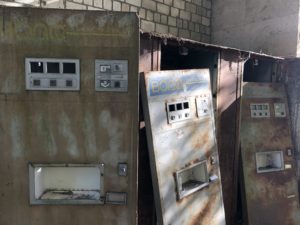
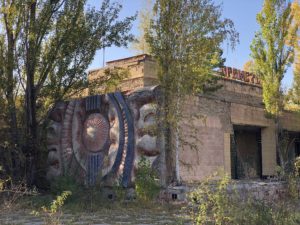
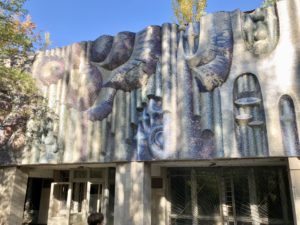
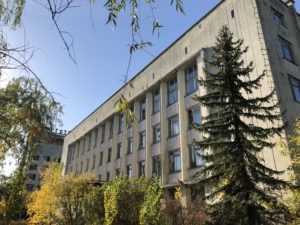
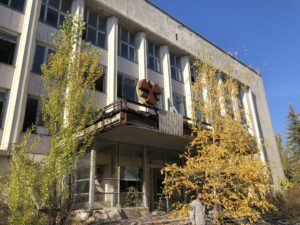
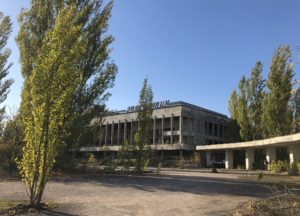
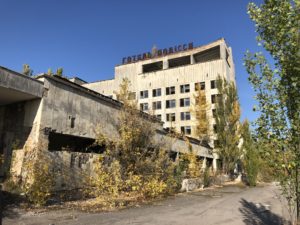
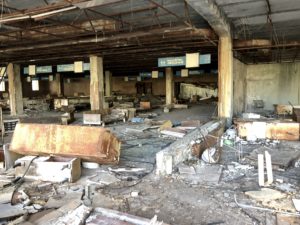
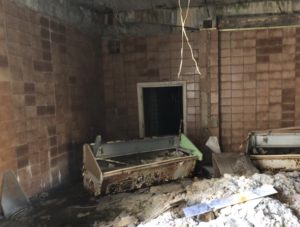
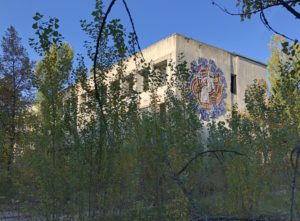

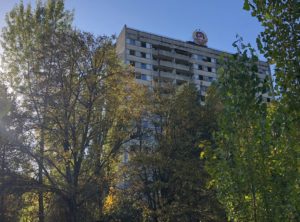
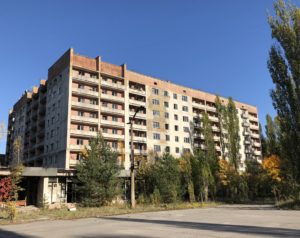
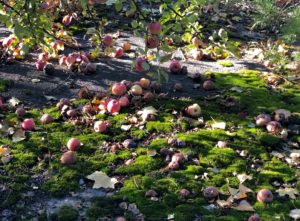
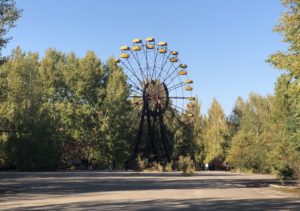
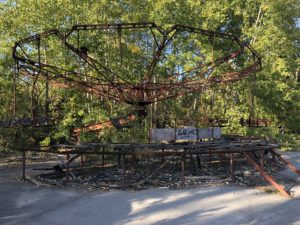
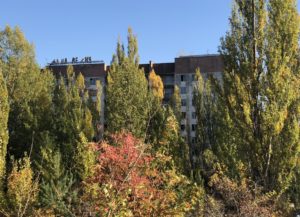
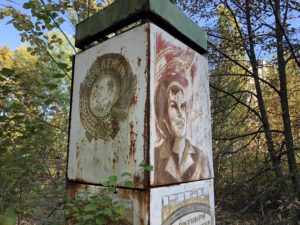
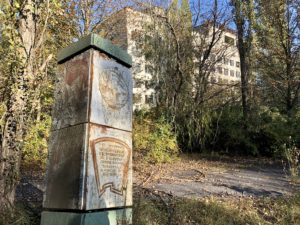
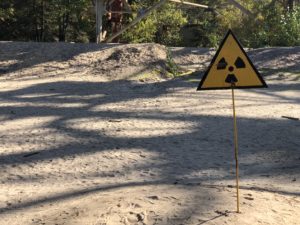
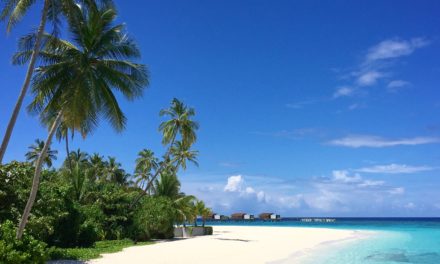


What a fascinating tour. I never thought of Chernobyl as a bucket list destination, but I would like to visit if I ever travel to Kiev. Thanks for sharing your experience.